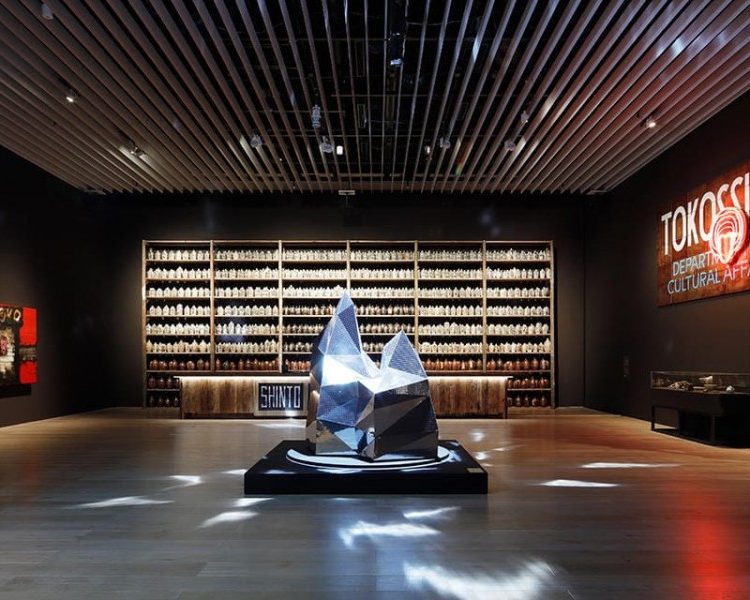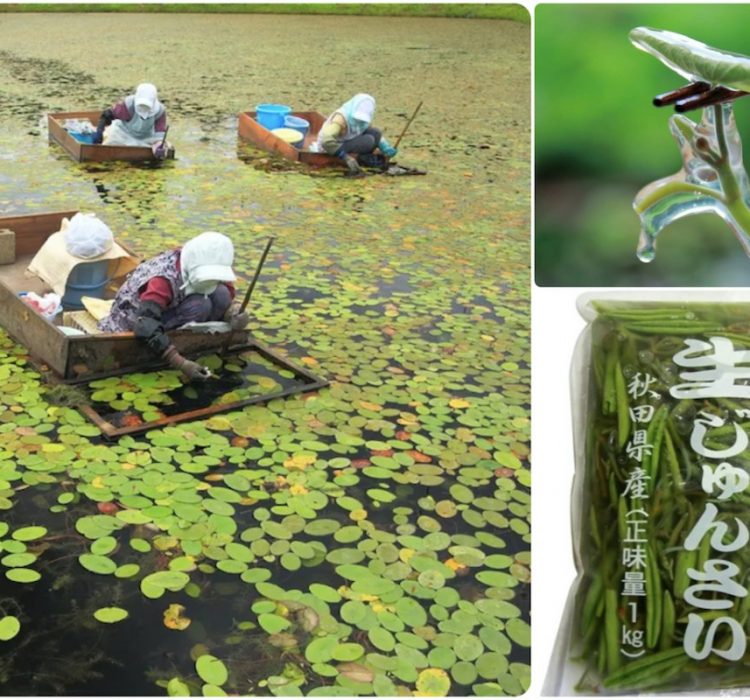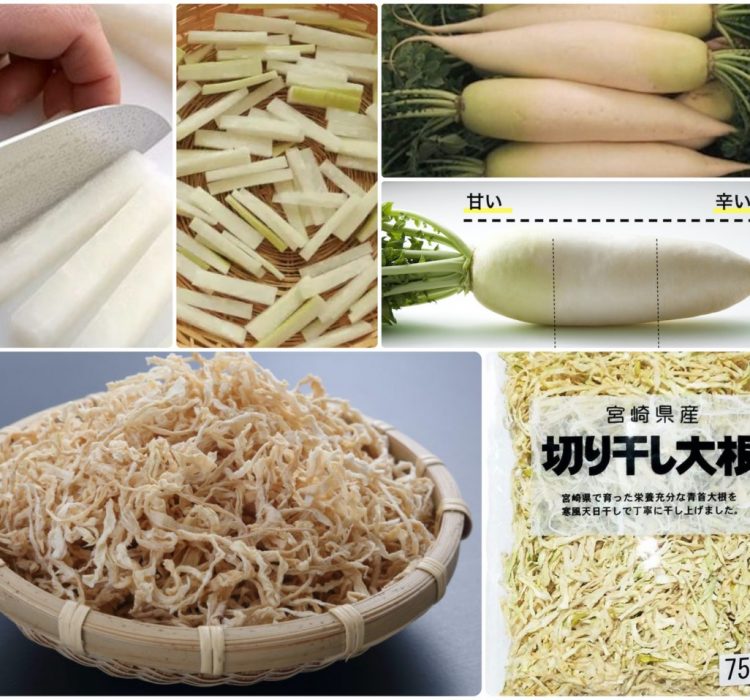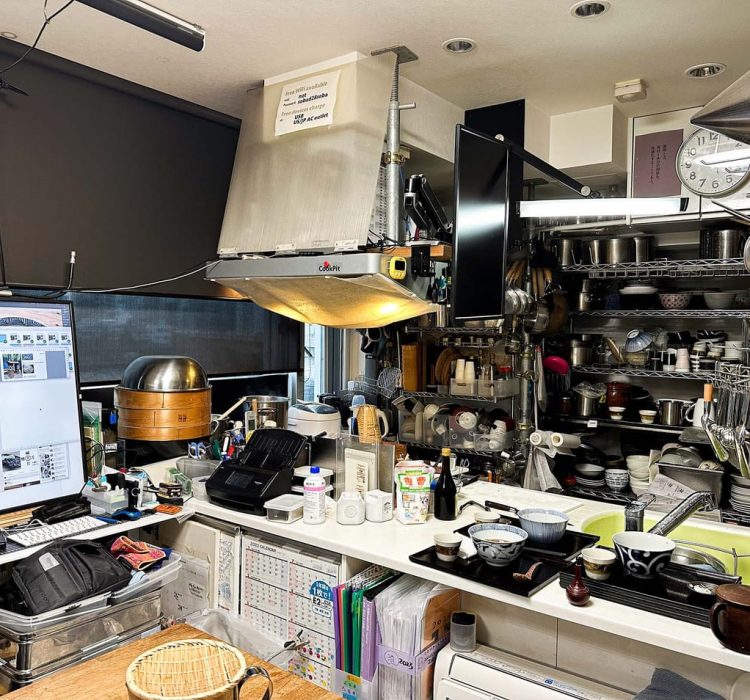
Aug.05
JapanCraft21 Newsletter, May 2024
Aug.05
May 2024 5月15日に「2024日本伝統工芸再生コンクール」募集を開始し ました。入賞者は12月に発表、表彰式は2025年2月19日です。 クラフトリーダーのオンライン・ショーケース・ギャラリーを開設しました。美術館の学芸員、ギャラリー関係者、建築家、デザイナー、ハイエンドのプロデューサー、その他専門家、そしてJapanCraft21メンバーのためのプライベートサイトです。その道のプロのお知り合いにもぜひご紹介ください。定期的に新しい工芸品を追加していきます。(https://gallery.japancraft21.com/) 伝統工芸研究プロジェクトの第二弾を開始。各工芸品の写真画像と簡単な説明を日本語、英語、フランス語で掲載予定です。 クラフトリーダー・プログラムメンバーによる年次会議を開催。 以下について発表しました: 1.技能実習生、スタッフ、クラフトリーダーをサポートする「継承プログラム」の創設。 2.時間と目標管理のためのオンライン・クラスを定期的に提供。 3.常設展プログラムの一環として、クラフトリーダーの作品がザ・ターミナル京都で展示可能。 4.海外の特別な芸術祭に参加するため、米国の美術館にクラフトリーダーを紹介する予定。 5.弟子、スタッフ募集掲⽰板を立ち上げ、支援を求めるクラフトリーダーをフォロー。 バイメルは、日本が誇る伝統工芸作家・パート2オンラインプレゼンテーション行い、Zoom参加者は150人と盛況でした。 April 2024 メンバーの一人であるNPOの代理人経験のある弁護士の指導の下、NPOのステータスや3カ年計画の策定などJapanCraft21のあらゆる側面について、1年間にわたり細部にわたるレビューを終えました。 メンバーのキャサリン・アレンの指導により、詳細な組織分析を完了しました。 新NPOとして初の理事会(オンライン)を開催しました。 理事会メンバーは、マイケル・ソネンフェルト、アリソン・シャピロ、斉藤正光、内藤朋博、キャシー・クラウト、亀井啓子、スティーブ・バイメルです。 米国を拠点とする非営利団体エデュケアのCEO、ステュー・セミグラム氏が助成金の書き方についてレクチャー。新しいパートタイム・スタッフの岸本真由美が、申請可能な助成金の調査を開始します。 JapanCraft21の各リーダーたちに焦点を当てたショートビデオシリーズの第一弾が完成しました。国際的に著名な写真家・ビデオグラファーで、日本のマスタークラフトの専門家で、長年日本に滞在しているアーウィン・ウォン氏がボランティアでビデオを制作してくれました。指物師・兵藤知也氏のビデオはこちら: https://youtu.be/LK9SkI2hmDQ 山田香織が非常勤の財務担当ディレクターとして加入しました。企業のCFO(最高財務責任者)を退職した彼女は、経理を監督し、キャッシュフローと予算報告を管理します。 国際的なビジネス・リーダー・グループに対して、1500年代初頭にさかのぼる秘儀的な刀剣グループを取り上げた日本刀に関するプレゼンテーションを行いました。 March2024 大手百貨店チェーンの開発担当者と会談し、外商顧客にクラフトリーダーのハイエンド商品を紹介する商談をしました。その後、デザイン・チームとのミーティングを進めます。 日経テレビにて、2月の「伝統工芸再生コンクール」表彰式が17カ国で紹介されました。以下のリンクからアクセスしてください: (Part I): https://shorturl.at/oxyG0 (Part II): https://t.ly/ImD-G February 2024 約30人のクラフトリーダーの若手スタッフ(研修生、見習い、正社員など)をサポートする新しい継承プログラムを発表しました。メンバーからの寄付により、パートタイム継承プログラムマネージャーを雇用しました。このマネージャーは、従業員のサーチ、仲間サポート・グループの雰囲気作り、継続的な教育(ビジネス慣行など)を行います。 私たちのパートナーであり、建築塾の共催者でもある祇園内藤工務店は、京都で約100年ぶりに釘を使わない本格的な木造町家の基礎を完成させました。ここまで来るのに5年かかりました。市役所の職員が、時代に合わない建築基準法を改正するために尽力してくれ、プロジェクトを開始することができました。木造の骨組みは6月に建てられる予定です。 クラフトリーダーを対象に、講演とチーム構築を含む1日ミーティングを開催しました。 2月19日の授賞式と晩餐会は大成功を収めました。 出席者は以下の通り:ラーム・エマニュアル駐日米国大使、企業経営者、デザイナー、米国、欧州、その他の地域からのメンバーが出席しました。 以下のグラフは、30人のクラフトリーダー(円の中黒の点)が、共通する目的や工芸ジャンルによって他のメンバーとどのようにつながっているかを示しています(色分けされています)。 表彰式に関するニュース記事が掲載されました: -ジャパンタイムズ -ジャパン・ニュース・オンライン https://japannews.yomiuri.co.jp/culture/art/20240220-169850/ -京都新聞 バイメルは、米国・欧州の理事と東京、兵庫、京都、福岡、滋賀のクラフトリーダー工房を訪問しました。 日本初の包括的な工芸品リストとして、全国にある1954の工芸品ジャンルを発表しました。 東京・銀座の一穂堂ギャラリーで、クラフトリーダーたちの作品がグループ展として展示されました。 -⽇本伝統⼯芸再⽣コンテスト受賞者作品展 画像は以下 東京一穂堂ギャラリー: https://www.ippodogallerytokyo.com/exhibitions/188/ January2024 バイメルは、元旦の地震で被災した珠洲(石川県能登半島)の窯元について、日本セラミックス協会とザ・クリエイション・オブ・ジャパンと緊急ミーティングを行い、その後、ジャパンクラフト21は寄付金25,000ドルを集めました。これにより、既存の陶芸家と共同窯の建設をし、若い陶芸家に窯づくり指導も行え、5人の若い陶芸家志望者が修業できる仕事場を提供できます。…

July.21
Newsletter Summer Special 2024
July.21
I’m Gian and thought it was appropriate to re-introduce myself to the hundreds of new subscribers who have joined in the last few months (welcome and thank you!). When I started The Craftsman Newsletter in 2017 it was about recommending craft-related objects and people I encountered through my frequent travels. In time it evolved into original long-form…

July.08
MA-GO-WA-YA-SA-SHI-I
July.08
MA-GO-WA-YA-SA-SHI-I (Grandchildren are kind) This acronym helps speakers of Japanese remember the names of food groups that support a healthy diet. Each of the seven sounds represents a food group, while the total spells out a lovely adage (lauding the kindness of grandchildren). MA refers to mamé (beans), GO refers to goma (sesame… and other…

June.17
ELIZABETH ANDOH – A Taste of Culture: Junsai, a summertime delicacy
June.17
JUNSAI (water shield; Brasenia schreberi) grows naturally in lakes, ponds and slow streams in many parts of the world but only Japan and China have a long history of cultivating the plant as a food. The Japanese especially love foods with a tsuru tsuru (slippery, slithery) texture and young, unfurled junsai sprouts covered in a…

May.31
Elizabeth Andoh: A Taste of Culture – Kiriboshi Daikon (dried shredded radish)
May.31
Before mechanical refrigeration was available, people throughout the world struggled with keeping fresh food from spoiling. A variety of ingenious techniques were developed including drying fresh food in well-ventilated shade. In Japan, the resulting foods are known collectively as kambutsu (literally, “dried things”) and are an important category of comestibles in both home and professional pantries. Indeed the traditional…

May.24
Elizabeth Andoh: A Taste of Culture – Fresh Bamboo Shoots
May.24
Takénoko (bamboo) shoots that are left to grow become mature pole-like bamboo trees.The youngest, most tender, barely breaking-through-the-ground shoots, however, are edible after brief parboiling (instructions on how to do this in this month’s KITCHEN CULTURE Blog). The flavor potential of takénoko can be awoken in many ways. Indeed, bamboo shoots easily become the focus of a menu, served…
May.17
Talking by making: pottery in the heart of Uji by Gianfranco Chicco
May.17
Ceramics and tea culture are both close to my heart so when Hosai Matsubayashi XVI invited me to practise pottery at Asahiyaki it felt like a dream come true. In November 2023 I embarked on a research trip to Japan for my book on what we could learn from Japanese craftspeople, shokunin, to improve how we…

May.10
Elizabeth Andoh: A Taste of Culture – Funky Fermented Fish Sauce
May.10
The world’s oldest known cookbook, “The Art of Cooking,” attributed to Marcus Gavius Apicius (AD 14–37) contains a “recipe” for garum, a funky fish sauce made by layering fatty fish with salt and packing the mix in clay pots. When set in the hot sun for several months, the contents of the pots fermented. The fermented…

May.03
Talking by making: soba noodles in Tokyo by Gianfranco Chicco
May.03
Akila Inouye runs the Tsukiji Soba Academy in Tokyo. A fan of molecular cuisine, his teaching method relies on getting to know the history of soba, grasping the underlying chemistry of its preparation and of course cooking and eating them in different ways. In November 2023 I embarked on a research trip to Japan for…

Apr.26
HIROSHIMA: CITY OF CRAFTSMANSHIP by Mazda’s Zoom-Zoom and Steve Beimel
Apr.26
Zoom-Zoom sent Japanophile Steve Beimel to meet some of the craftsmen and craftswomen in Mazda’s home city, Hiroshima. Words Steve Beimel / Images Eric Micotto Though fine craft traditions exist around the world, there may be no country that exceeds Japan in the sheer number and depth of master-level disciplines, truly rarefied expressions of the human…









